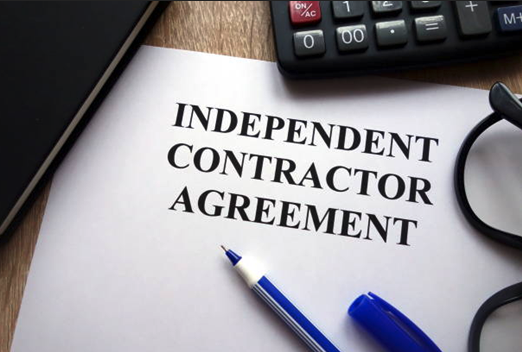How the Role of the Safety Practitioner is Evolving

Original article published by SHP
Ahead of EHS Congress, taking place in Berlin in September, SHP catches up with speaker Marcin Nazaruk, Human Performance and Culture Leader at Baker Hughes, on how to learn from ‘normal work’ to get safety and business results and how to implement the findings.
What is your background in safety and how does your experience help you in your current role?

Marcin Nazaruk (MN): “My background combines multiple fields including industrial psychology, safety management, business, behavioural science, systems thinking, and many others.
“My work involves working at all levels of the hierarchy. Some days I’m on the shop floor learning from the operators how the work is really done compared to how it was imagined to be done. Other times, I work with supervisors, executives, engineers, central corporate teams, as well as customers and contractors.
“I take the most useful elements from different models and make them work to tangibly reduce the risk. For example, we were recognised by the Center for Offshore Safety with a Leadership Award for showing 37% in accident reduction through the practical application of learning from ‘normal work’.
“I’ve spent years translating modern safety science into practical, hands-on tools and developed many industry guides and practitioner toolkits available through various industry bodies, as well as training and content for the executive leaders. Click here for the full list of the tools.”
How is the role of the safety practitioner changing, and why is it important to modernise outdated practices?
(MN): “The role of the safety practitioner is evolving towards managing how the work is set up which requires collaboration across departments and levels of hierarchy.
“This is because the level of risk depends not only on how well hazards are controlled but also on how easy the organisation makes it to do the right thing. For example, an incorrect procedure may force people to come up with their own way of doing things but the problem with the procedure is due to corporate document management processes. The insufficient amount of time available for the job not only may force people to skip some steps but it also implies planning and resourcing issues higher up in the organisation which in turn are influenced by terms of contracts, organisational strategy, or cost management.
“Breaking down the silos and helping people in various departments realise their indirect impact on risk in operations is the next wave of efforts toward achieving high reliability.
“The consequence of not accounting for these factors in safety management is repeat accidents.
“If you’d like to learn how to proactively identify issues with the work set up and find organisational factors that will create your next accident, get in touch.”
At EHS Congress in September, you will be sharing with delegates how to learn from ‘normal work’ to get safety and business results. How would you describe ‘normal work’ and why is learning from it important?
(MN): “’Normal work’ is about how people adapt to changing conditions and challenges as part of their job.
“For example, using a crane to lift a load. Every time an operator does it, there may be something different about the situation, such as:
- Less time available than planned.
- Additional people in the area.
- One person being off work.
- Correct tools not available, e.g., lifting slings.
“Overcoming these challenges is part of what needs to be done. It’s ‘normal work’.
“It’s easy to see how these factors can increase the risk, and yet, none of them would be classified as a hazard because none of them is a source of harm.
“Popular approaches to safety management focus on controlling identified hazards but miss a whole world of organizational factors.
“Learning from normal work (also known as pre-accident investigations, or learning from success), is about proactively looking into the things that make the work difficult and increase the chances of human error, non-conformance, or unsafe acts in order to tangibly reduce the risk.
“Click here to see some real-life examples.”
What are your top three tips for practically implementing learning from ‘normal work,’ to get better results?
(MN): “The factors that will create your next accident exist today. We can find and address them before they lead to an event. However, it requires changing how we think about failure and the type of questions that we ask.
“My top three tips would be:
- Build a shared mindset among the key stakeholders on the Human Performance Principles and the modern view of incident causation.
- Develop skills to learn about the local constraints and organisational factors.
- Integrate the learning from ‘normal work’ concepts and tools with your existing safety processes to ensure the sustainability of the effort.
“To help organisations to apply these points in practice, I was the lead author of the new guide on this topic that will be published by the International Association of Oil and Gas Producers (IOGP) later in 2022.
“We’ve also created resources that allow companies to start now. Click here for more details.”
Hear more from Marcin Nazaruk at the 2022 EHS Congress, taking place in Berlin from 13-14 September. His session will take place on day one of the conference.
Click to register for your place and to see the full EHS Congress agenda.
Click here for more from EHS Congress on SHP.





